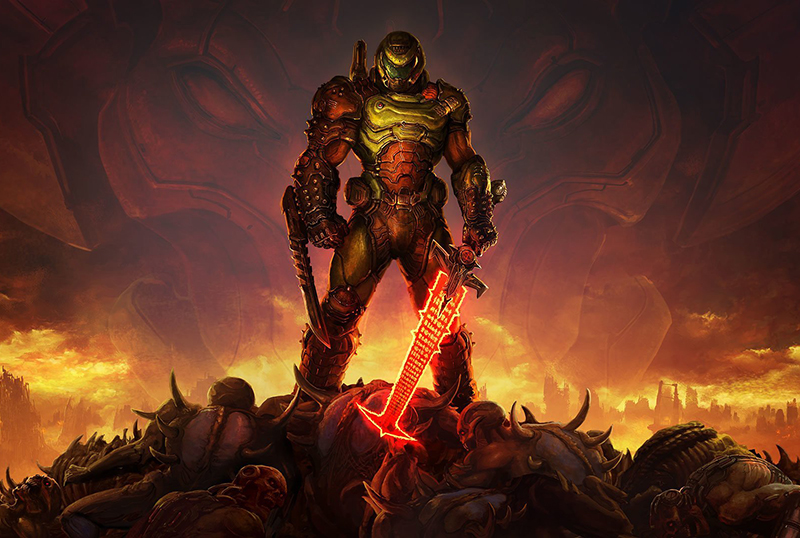With the recent release of the PlayStation 5 and Xbox Series X and Series S bringing about the close of the eighth generation of video game consoles, we’re looking back at the seven-year period of gaming and celebrating the 10 high points of the era, from the rise of battle royale titles to developers and publishers listening to fan complaints.
RELATED: POLL RESULTS: What 2020 Video Game Are You Most Thankful For?
The Arrival of the Nintendo Switch
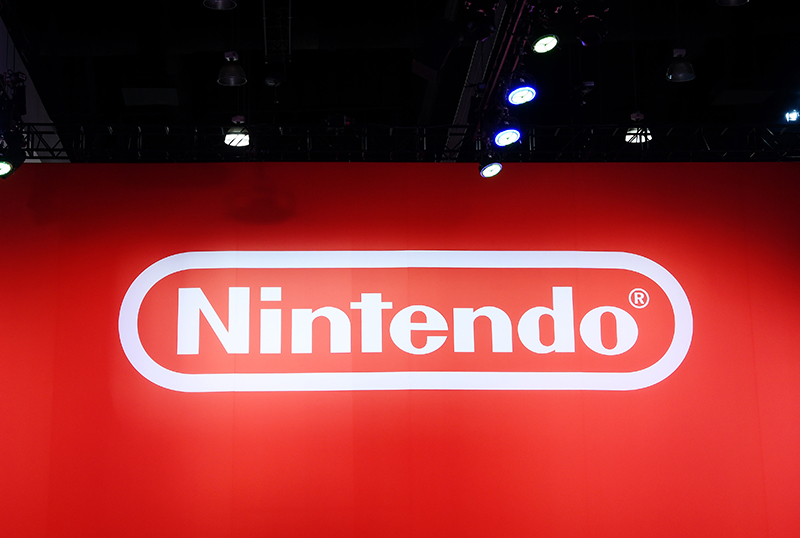
For the first four years of the era, Nintendo struggled to gain momentum in the console war as they started with the Wii U, which was praised for being the first Nintendo console to support HD graphics and for its innovative GamePad that allowed gamers to play a title without the use of a TV, though was widely criticized for the GamePad’s battery life, poor functionality and user interface and weak roster of launch titles. Unsurprisingly, the console’s sales were very low and production ended in January 2017, but Nintendo didn’t take this failure lightly and came back with the groundbreaking Switch, a console that could double as both a handheld device on takes on the go, akin to their 3DS lineup, and a home console with wireless Joy-Con controllers that replicated the motion sensing abilities of the Wii remote and could also be attached to actual controllers for more standard gameplay. Though its initial roster of launch titles wasn’t quite as robust as other consoles, with Nintendo relying on a number of third-party and indie developers while they themselves continued developing first-party titles, it would eventually offer a library one of the best-selling rosters of the consoles and helped the already-impressive console rise to outsell the Wii U in its first year of release and re-establish Nintendo as a force to be reckoned with.
China’s Lift of Video Game Ban
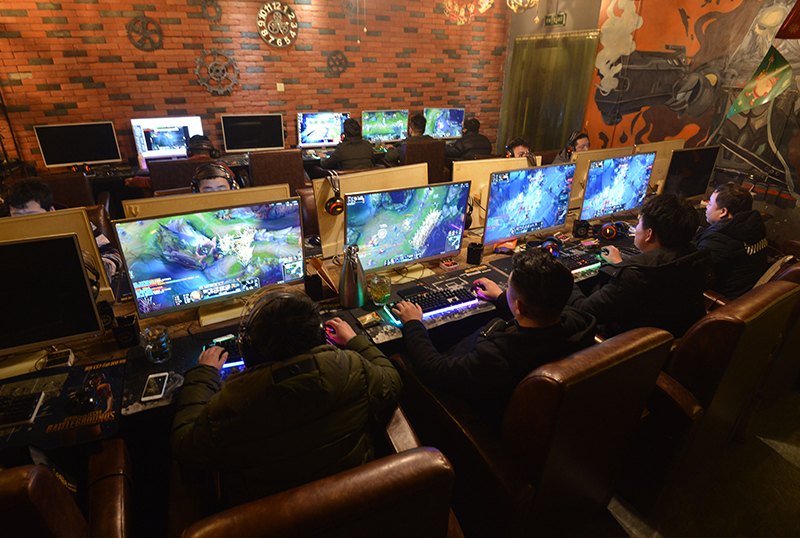
Now technically, this one is a little more complicated as it still proves to be a fluctuating situation in the country, but 2015 did bring the exciting announcement from the Chinese government that the ban on video game consoles had been wholly lifted, opening up a whole new market for publishers and developers. While late 2018 and 2019 saw the forming of the Online Game Ethics Committee also caused a major drop in sales for games as the number of titles plummeted from 9,600 in 2017 to 1,960 in 2018 and lots of titles still backlogged waiting for approval, there is still a ways to go before things are finally running smoothly in the country, but the past five years of the eighth generation proved to be a huge win and first step for gaming in China.
The Rise of Battle Royale Gaming
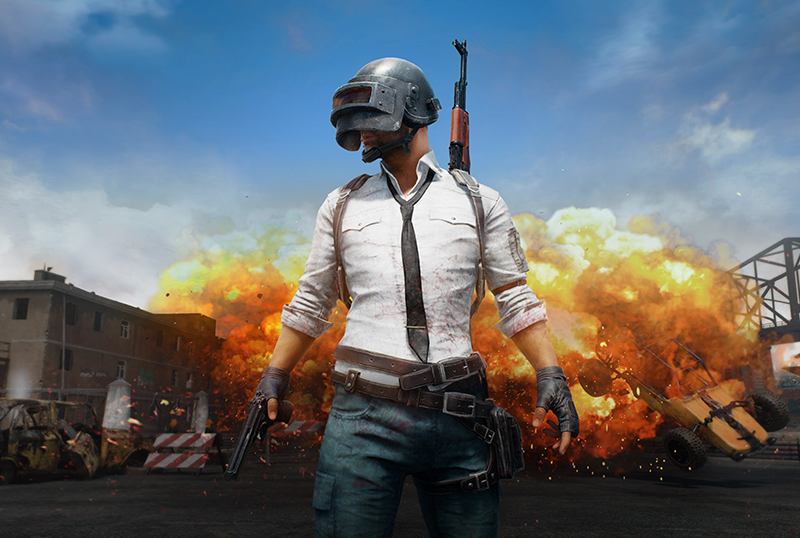
Though not the first entry into the genre, PlayerUnknown’s Battlegrounds, better known as PUBG, helped revolutionize and popularize the burgeoning world of battle royale gaming that competitor Fortnite was just starting to get a handle on themselves, but the efforts of both helped launch the genre into best-selling territory. The years that followed would see a number of clones and attempts to capture the same success of these titles, with some hits including Apex Legends and Call of Duty: Warzone, and though some are feeling some fatigue regarding the genre as a whole, it paved the way for an exciting new type of online gaming.
Cross-Platform Play is Finally Established
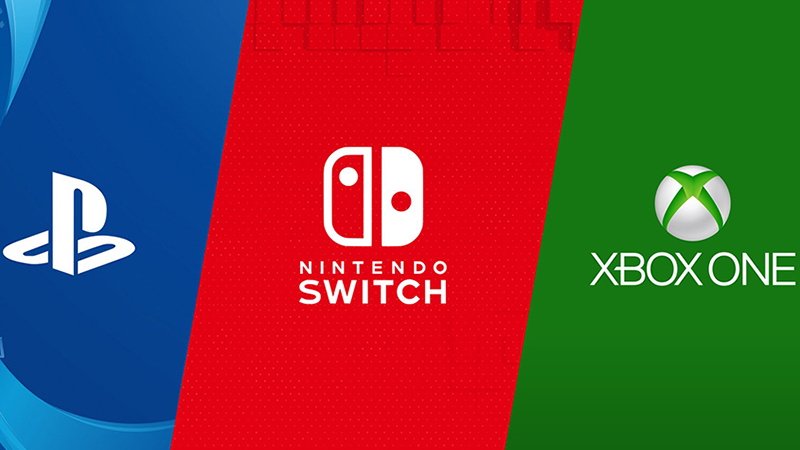
Even with the introduction of internet connectivity in consoles in the seventh generation of consoles, cross-platforming gaming was still a thing that only existed in players’ dreams as the difference in control schemes and networks left things seeming nearly impossible. However, the eighth generation of consoles finally saw publishers and developers begin to figure out the system, with the sports hit Rocket League being one of the first to successfully implement it while later titles followed suit, including Apex Legends, Call of Duty: Modern Warfare, Fortnite and more, helping gamers cross the lines of the console war and enjoy time with friends on all sides.
RELATED: The Game Awards 2020 Winners Revealed
The Incredibly Rewarding Xbox Game Pass
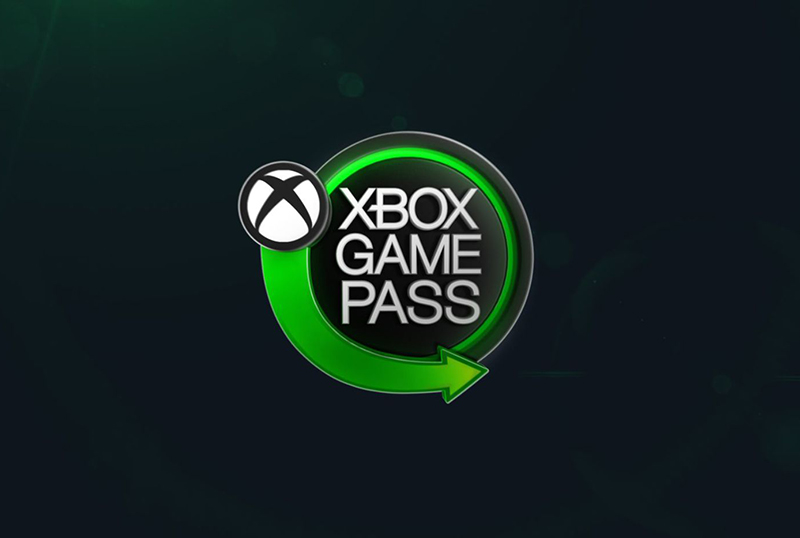
Early in 2014, Sony announced PlayStation Now, a new initiative set to put them ahead of competitor Microsoft that would offer customers a chance to stream titles on demand from its libraries going back to the PlayStation 2 for an additional subscription alongside PlayStation Plus. While this initially put Sony ahead in the on-demand gaming race, Microsoft fired back and took the lead with the reveal of the Xbox Game Pass, which not only didn’t require a subscription to the console’s Xbox Live service to sign up for it, but would also branch out from the Xbox One to Windows 10 and Android devices via the studio’s cloud gaming service, xCloud. Showing a better library of backwards compatible titles than Sony and continually expanding, including last year’s reveal of Xbox Game Pass Ultimate that combined Game Pass and Live into one subscription package and September’s announcement that it would also come packaged with EA Play, all for just $15/month, Microsoft established the best Netflix-like platform for gamers.
The Rise of Indie Game Developers & Publishers

While indie game developers and publishers have been around for years and have spawned hits sporadically in past generations, with the rise of platforms such as Steam and the PlayStation, Nintendo and Xbox online stores, titles from these studios have become far more prevalent and exciting. From Layers of Fear‘s Bloober Team to Amnesia‘s Frictional Games, Outlast‘s Red Barrels, Hotline Miami‘s Dennaton Games, The Walking Dead‘s Telltale Games and beyond, the success of indie titles early in this era paved a path for major publishers, console stores and gamers to take a chance on these little passion projects to deliver some of the best games of the generation.
Microsoft Listens to Fan Complaints
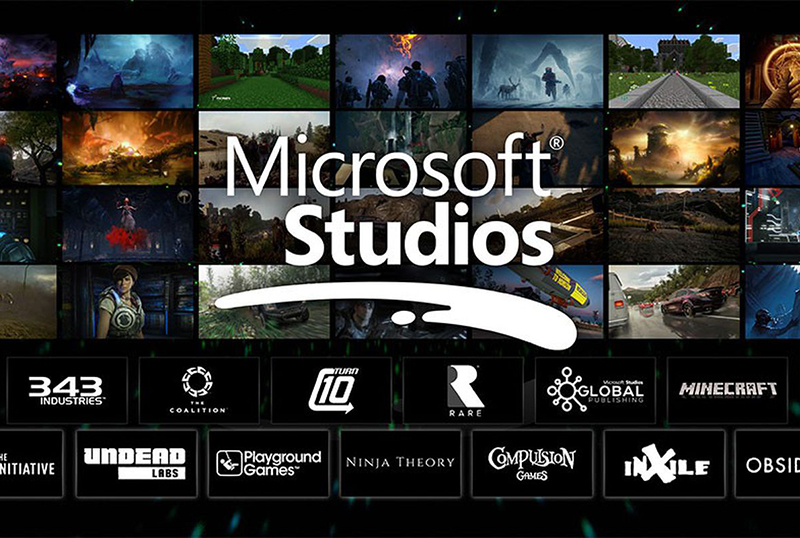
Though sort of tying into the previous point of its Game Pass, Microsoft faced some struggles getting out of the gate with its Xbox One similar to Nintendo, promising its customers things that they weren’t ready to give out and offering things people weren’t really asking for. One of the key examples with the Kinect, a device carried over from the seventh generation Xbox 360 that was supposed to allow gamers to play certain titles completely hands free in comparison to the Nintendo Wii and Sony Move’s remote setups, but the problem was it never really worked. Being unable to register the distances at which players were standing often times, or properly read the movements themselves, and with the function that allowed it to be listening at all times and the reveal that some audio was being utilized to cater advertisements on the Xbox home page to players. Halfway through the generation, Microsoft did follow through on one promise as they released the Xbox One X, a high-end hardware version of the original console that included the ability to render games at 4K and provide performance improvements for existing titles. Releasing it shortly after the Game Pass and the announcement of discontinuation of the Kinect in 2017 for the Xbox One, the years following Microsoft’s disastrous E3 2013 presentation showed the company’s willingness to listen to customer’s complaints and adjust their plans accordingly.
The Phoenix Lifecycle of the Resident Evil Franchise
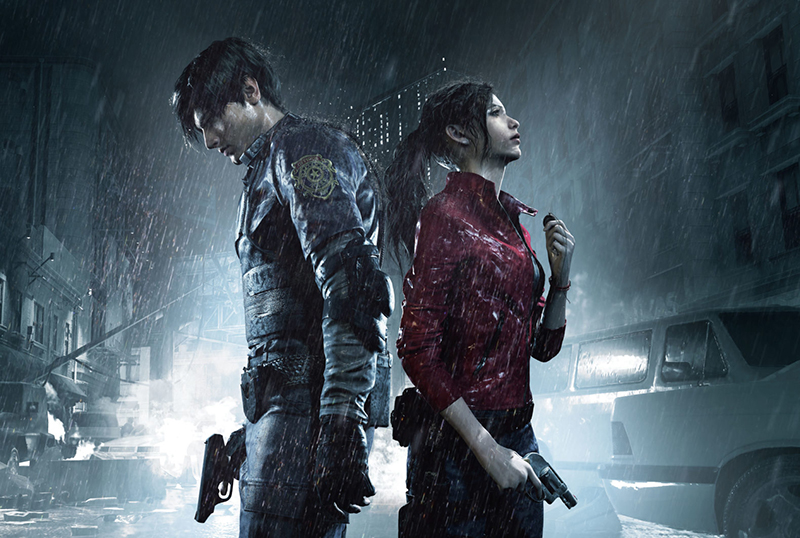
Upon its release in 1996, Capcom’s Resident Evil received rave reviews from critics and gamers alike and helped define the burgeoning survival horror genre and revitalized the world of zombies in popular culture alongside The House of the Dead. After three highly-acclaimed sequels leading up to 2005, the franchise started to lose some steam with 2009’s Resident Evil 5, a game still well-received but criticized for its transition from a survival horror formula to a faster-paced action title, and it was the sign of bad times to come for the series. with the fifth installment followed up by the rail-shooter prequel The Darkside Chronicles, the blockbuster-like Resident Evil 6 and the widely-panned tactical shooter Umbrella Corps nearly killing the franchise as a whole. That was until Capcom came back with Resident Evil 7: Biohazard, a game set years after the previous titles featuring completely new characters and featuring a complete return to the survival horror roots of the series, all of which received widespread acclaim from critics and gamers alike and illustrated a renewed potential for the franchise. Not only did they strike gold with it, Capcom showed incredible restraint in following it up, with the next outing coming in the form of the long-awaited Resident Evil 2 remake in 2019, which received even higher critical acclaim and was nominated for multiple awards, including multiple Game of the Year awards, and followed that up with the similarly-high-res remake of Resident Evil 3, which received generally favorable reviews, though not quite as high as 2. With the next title, Village, acting as the eighth mainline franchise installment and a sequel to Biohazard and arriving four years after it, the Resident Evil franchise appears to be rising from the ashes like a phoenix, much to the joy of horror gaming fans around the world.
RELATED: December 2020 Free Games for PlayStation Plus and Xbox Live Gold
Gaming Streaming Rises in Popularity

Though having its roots in the seventh generation of gaming, the realm of video game streaming really took hold during the time of the eighth generation of gaming, with names such as Markiplier, Game Grumps, Jacksepticeye, Ninja, VanossGaming, Daithi De Nogla, H2O Delirious and Super Best Friends Play (aka The Sw1tcher) all finding their way into the mainstream in the gaming and YouTube — and later Twitch — communities. Though some have seen bumps in the roads and scandals since rising to stardom, including PewDiePie’s content numerous controversies, the disbanding of SBFP (though PatStaresAt and WoolieVersus continue to work together for the Castle Super Beast podcast and occasionally appearing on each others’ Twitch channels) and the shut down of Machinima, there have been a lot of brightness to come from the game streaming community since taking off early in the era and continues to be an internet mainstay.
More Inclusive & Diverse Storytelling
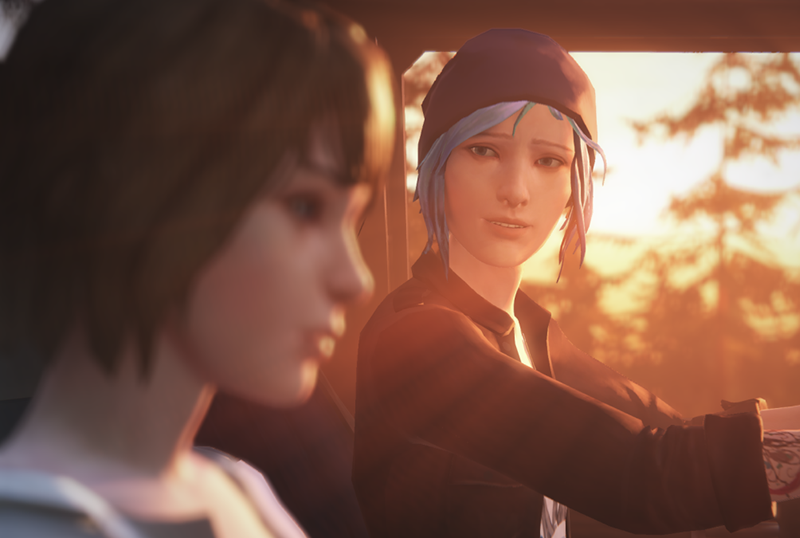
It seems like it goes all the way back to the inception of the industry, video games have so frequently chosen to focus on a white male protagonist saving the day in some capacity that it kept gamers wondering if better and more diverse representation would one day come to game storytelling. Even Tomb Raider, one of the most iconic characters in gaming stemming from her position as a kick-ass and independent woman, spent many years being designed in ways meant to draw the lustful eyes of male gamers that still sort of kept her from becoming the feminist icon she deserved to be. But as the decades went on and new generations came about, developers and publishers began to ignore typical marketing trends and start to seek out more authentic and diverse voices and this generation may be the most indicative of this. Some notable examples include the more toned-down Lara Croft offering players a more human and grounded protagonist, Dontnod’s Life is Strange and Tell Me Why exploring characters and concepts not generally touched upon in gaming to Ubisoft’s recent Assassin’s Creed titles not only allowing players to choose between playing as a male or female character, but also form same-sex relationships with non-player characters in the stories — even if Odyssey dropped the ball in its first DLC pack by retconning any relationship the player established in the main story. Though there’s certainly still some ground to cover in the the realm of inclusive storytelling in video games, the major steps forward taken during the eighth generation illustrated a promising future for those looking to find characters they can truly relate to.
What were some of your favorite moments in the 8th Generation of video game consoles? What do you hope to see more of in the next generation? Let us know in the comments below!
(Photo Credits: Getty Images)
